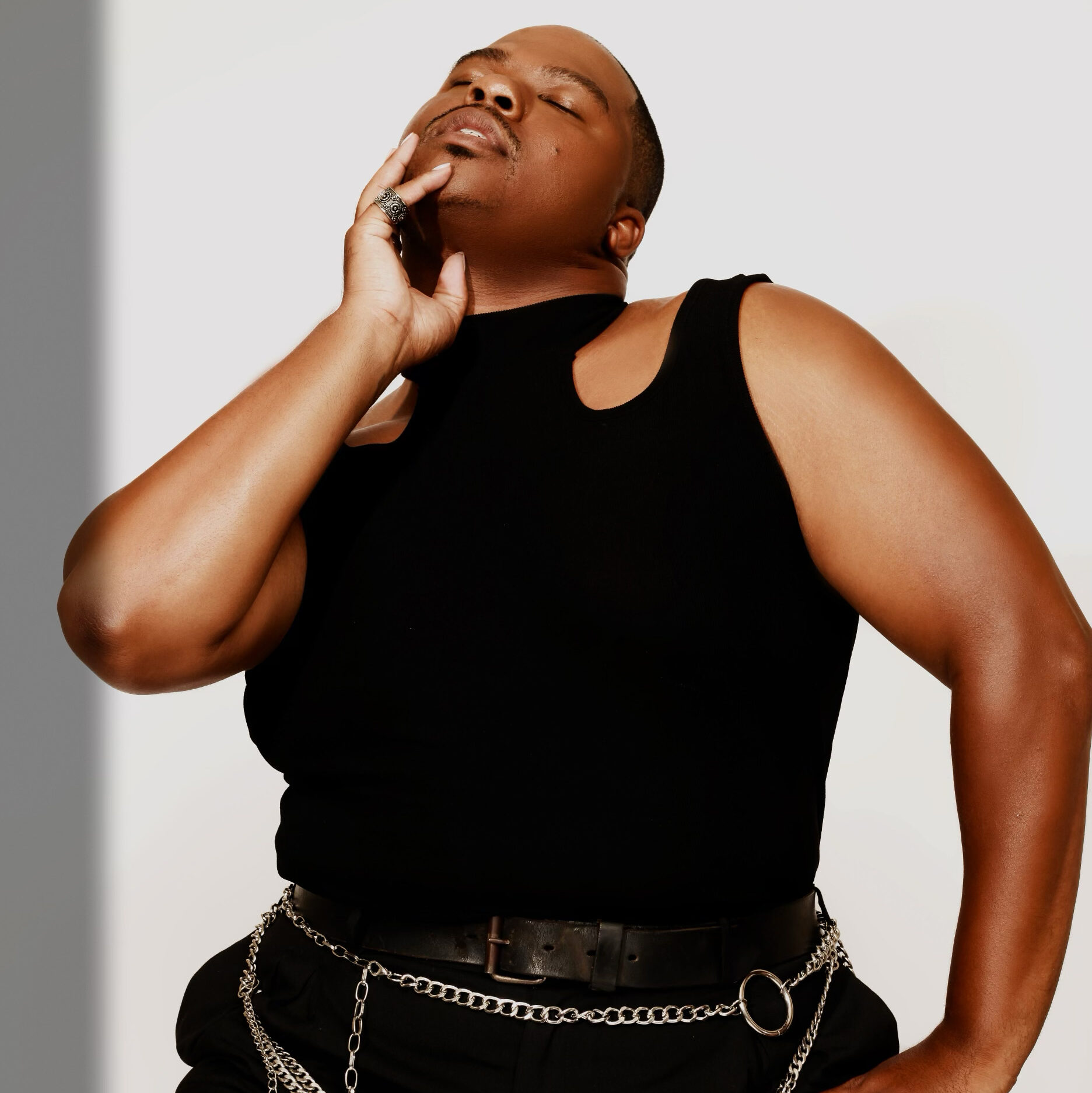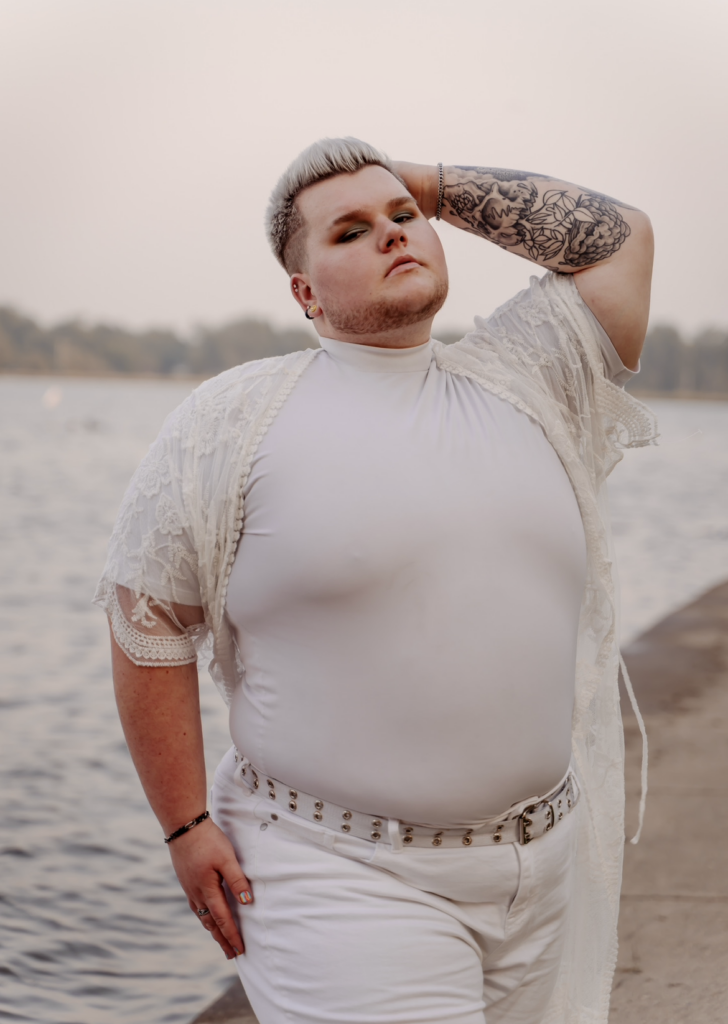[ad_1]
What is it like to be a plus-size dancer today? Complicated.
Diversity, equity, and inclusion efforts have raised awareness about exclusionary practices in all kinds in dance, and the mainstream body-positivity movement has led to some progress—most noticeably impacting the dance world since the rise of social media. Yet sizeism remains an especially recalcitrant, systemic issue that continues to plague dancers worldwide.
The Roots of the Problem
“Sizeism is the idea that people in bigger or fat bodies are less worthy; they’re less capable,” explains TJ Stewart, an assistant professor at Iowa State University who researches stigmatized identities. “This connects to a broad and deep-seated value of hard work and individualism. The idea is that fat bodies don’t work hard, that they are lazy.” Even today, plus-size dancers often have to work harder to prove their value.
Sizeism is not a dance-specific issue. But while industries like fashion and media have been held more accountable in recent years, the dance world appears especially slow to adopt inclusive changes. Much of this can be tied to the fundamental role of the body in dance, and the notion that bigger bodies have a limited range of dance ability. A culture of extreme thinness has long dominated ballet and ballet-based styles in particular.
There’s also the insidious belief that larger bodies are solvable problems—again, not unique to the dance world, but notably prevalent within its perfectionist culture. “The dominant frame is that ‘You have a body that isn’t the way bodies should be, and you can change that. So if you don’t, any negative experiences you have are your fault,’ ” Stewart says.
Subtly Exclusionary
While overt size bias is still a problem in dance, today discrimination frequently happens in subtler ways. And when bigger bodies are included, they are often either tokens or afterthoughts.
In the summer of 2023, for example, Australian pop star Troye Sivan released a dance-centric music video to his single “Rush.” Fans across the world took to social media to ask: Where was the body diversity? Why were only ultrathin bodies represented?
Sivan eventually responded to the situation, and featured a somewhat more-inclusive array of bodies in his following music video. But while the “Rush” video wasn’t an outright fatphobic attack, it was evidence of an implicit form of sizeism: In dance, including bigger bodies often isn’t a priority until it becomes a public relations issue. “Fixing” that kind of crisis sometimes leads to tokenism, in which a small number of larger bodies (often just one) are included to ensure a level of applause, credit, or clout.

Steps Forward
That’s not to say progress has been nonexistent. A wave of trailblazers have led the charge to bring down sizeism. Amanda LaCount’s #breakingthestereotype movement has made her a prominent role model for plus-size dancers; Kameron Saunders’ standout performance on Taylor Swift’s Eras Tour earned public acclaim. Social media platforms have helped expose more dancers and dance fans to a wider array of talented dancing bodies, particularly in commercial dance.
Additionally, the fight for the art world to become more inclusive now has legislative oomph. A new law passed in New York City last year prohibits height or weight discrimination in employment, housing, and public accommodations, joining similar laws already on the books in Binghamton, New York; Madison, Wisconsin; San Francisco and Santa Cruz, California; Urbana, Illinois; and the State of Michigan.
Change From the Top Down
When it comes to sizeism in dance, the yo-yo of positive momentum and backwards thinking can make it difficult to figure out how to create lasting change. But many point to the dance world’s leaders—its teachers, choreographers, and directors—who hold outsized power when it comes to shaping expectations and norms.
“Eating disorders and depression and a lot of hate with yourself, that all [can start] within the studio,” says plus-size dancer Aisha Olemba, who recently danced on tour with SZA. Olemba shares that she shied away from dance until college, attributing that hesitation to “the outdated look of what I thought a professional dancer looked like.” Many like her have given up on dance altogether because of toxic messaging about what the size of a dancer “should” be. Eliminating weight talk in class, especially with young students, can help build a better foundation for dancers of all sizes.

Dancer Floyd Slayweather, whose credits include Lizzo and Saucy Santana, says that dance leaders need to consistently cultivate body diversity in classrooms, casting practices, and the industry as a whole, so that it becomes a new normal rather than a box to tick on a checklist.
“I wish that teachers were not looking at dancers of size as an anomaly, or just picking us out because they want to create a viral moment,” he says. To move past the tokenizing we-only-need-one mentality, “it has to be normalized,” Slayweather says. “If you’re going to stand on inclusivity, then you need to practice it.”
A Community of Kindness

As more plus-size dancers make inroads in the dance industry, they’ve found crucial support in each other. Olemba, Slayweather, and fellow dancer Collin Smith—a TikTok standout—all share similar stories about the transformative power that comes with being in a room of like-minded dancers.
Slayweather describes performing with a cast of larger dancers at the 2022 BET Awards as his own kind of Cinderella story. “Seeing a full cast of beautiful plus-size women and men—I still get emotional about it to this day,” he says. “To hug one another, to encourage each other, is an amazing feeling that I will take with me for the rest of my life.”
One of Olemba’s favorite memories is getting an influx of messages from other plus-size dancers after booking SZA’s tour. “Them coming to me and just saying how much they were proud of me just showed me through all those [hard] times…it made me want to push harder,” she says. “I realized that this is bigger than just me. I’m doing it for people who did not think that this was possible for someone that looked like them.”
And that influence extends beyond the dance world. Smith says that, as his profile has grown, he’s been overwhelmed by the effect his visibility has had on others, helping to create a broad-based community of kindness.
“That’s a motivating factor, to know that I’m making an impact and being an influence in some way,” Smith shares. “Just letting people know you can be exactly who you are, regardless of what you look like.”
[ad_2]









